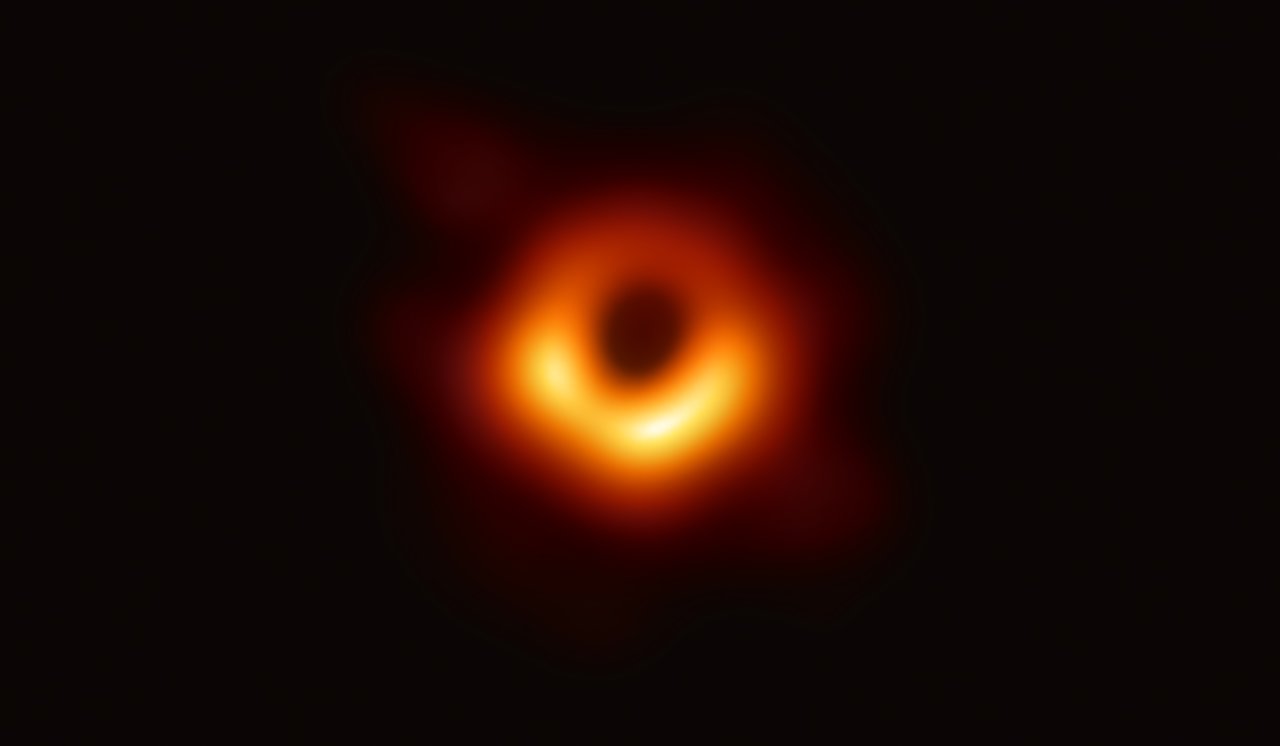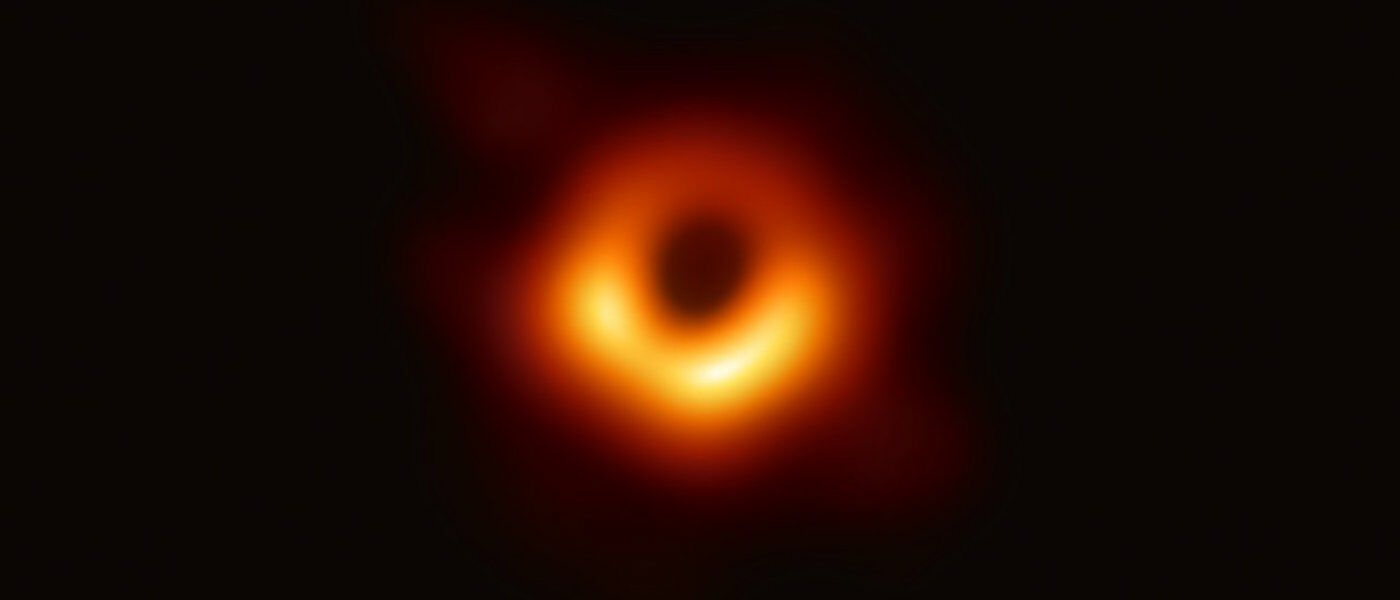It’s here! Scientists capture the first ever picture of a black hole

Major space news this week: For the first time in history, scientists have gotten a picture of a black hole.
Released today, this image – captured by the the Event Horizon Telescope (EHT) – shows of one of the universe’s most elusive objects. Lying at the center of a distant galaxy known as Messier 87, or M87, the supermassive black hole weighs in at roughly 6.5 billion times the mass of our sun.
A team of more than 200 scientists from more than 20 countries worked together using eight telescopes around the world to obtain this image.

Black holes, by their very nature, are invisible. They absorb all light, matter, and radiation that pass a certain point known as the event horizon, essentially the point of no return. It is therefore impossible to get a picture of a black hole. Up until now, scientists have only been able to indirectly observe black holes by watching stars or clouds of gas move around them.
What the EHT did, however – which has never been done before – was map out the event horizon, providing us with a dark silhouette of the black hole.
The results from this image almost perfectly match the predictions of Einstein’s theory of general relativity. Einstein’s theory – which explains how gravity works – predicted something just like this, with material surrounding a black hole, being pulled in by the black hole’s strong gravitational pull.
This data was collected over the course of seven days in 2017. The hard drives carrying the data weighed in at roughly half a ton – roughly equivalent to 5,000 years of mp3 files! After two years of data analysis and processing, the first image of a black hole was finally captured.
These results will aid scientists in better understanding black holes. Researchers can continue to learn more about how gas spirals into a black hole, as well as their dynamic properties (such as the direction and speed of their spinning). By understanding supermassive black holes like this one, scientists can also learn more about the evolution of their host galaxies.
With this image of the supermassive black hole at the center of M87 – or rather its silhouette – scientists have been able to transform something that for more than 100 years was merely science fiction into science fact.
Interested in learning more? We’re showing the photo all week in our planetarium shows Black Holes and Wonders of the Night Sky. Click here to get showtimes and see a full list of what’s playing in LSC’s Jennifer Chalsty Planetarium, the biggest planetarium in the Western Hemisphere.
